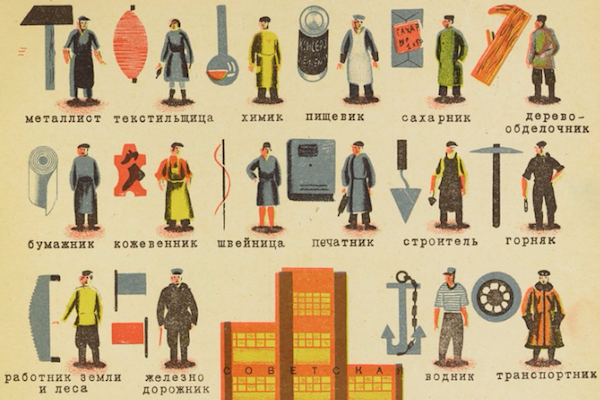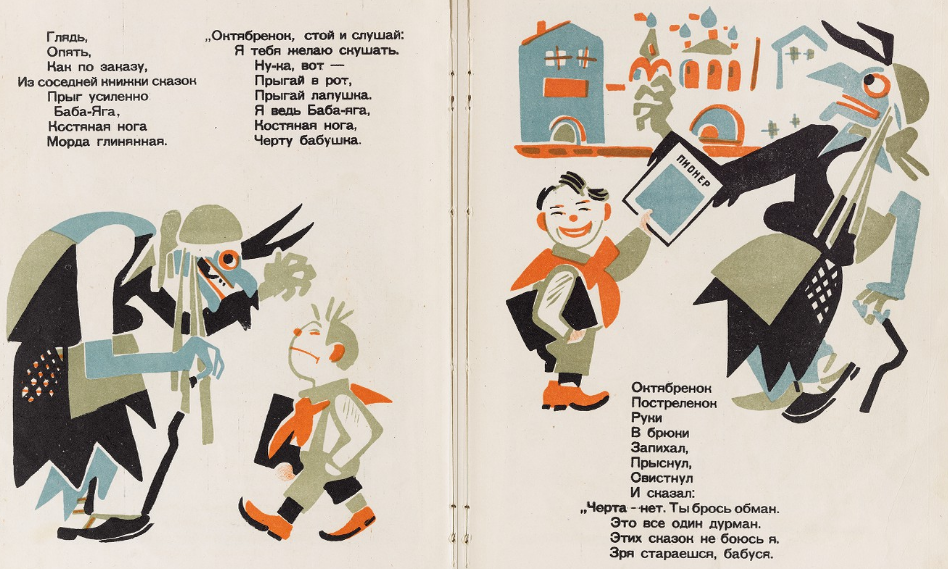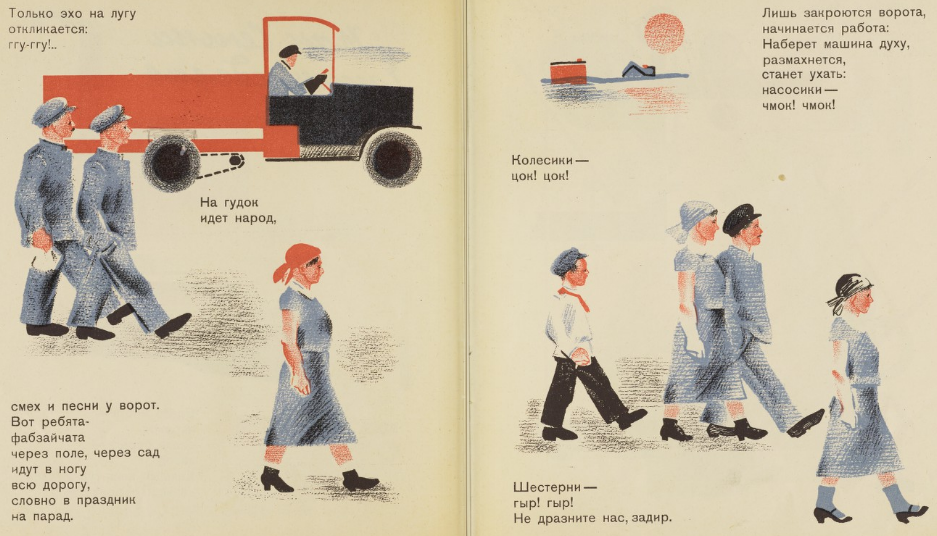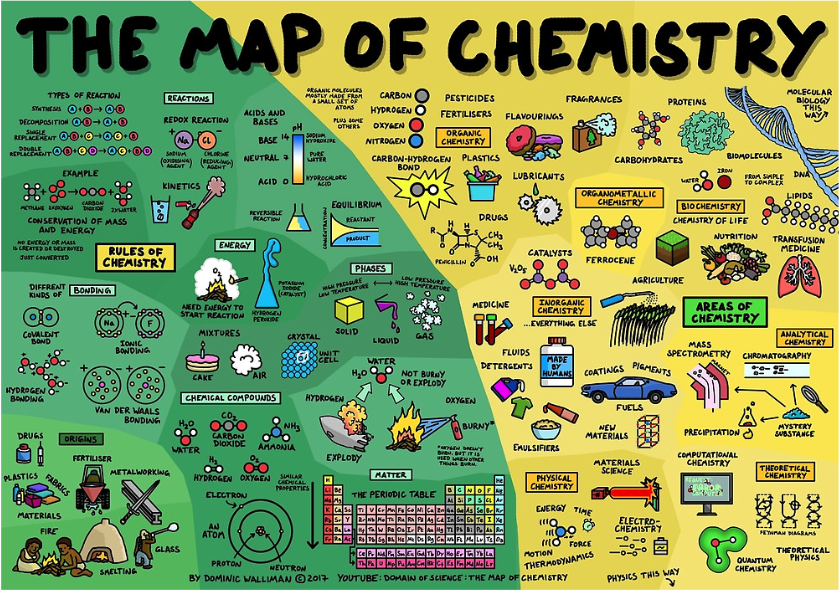If you’ve seen Bong Joon-ho’s film Okja, about an Agribusiness-engineered gargantuan mutant pig and her young Korean girl sidekick, you may have some very specific ideas about CRISPR, the science used to edit and manipulate genes. In fact, the madcap fictional adventure’s world may not be too far off, though the science seems to be moving in the other direction. Just recently, Chinese scientists have reported the creation of 12 pigs with 24 percent less body fat than the ordinary variety. It may not be front-page news yet, but the achievement is “a big issue for the pig industry,” says the lead researcher.
There’s much more to CRISPR than bioengineering lean bacon. But what is it and how does it work? I couldn’t begin to tell you. Let biologist Neville Sanjana explain. In the Wired video above, he undertakes the ultimate challenge for science communicators—explaining the most cutting-edge science to five different people: a 7‑year-old, 14-year-old, college student, grad student, and—to really put him on the spot—a CRISPR expert. CRISPR is “a new area of biomedical science that enables gene editing,” Sanjana begins in his short intro for viewers, “and it’s helping us understand the basis of many genetic diseases like autism and cancer.”
That’s all well and good, but does he have anything to say about the pig business? Watch and find out, beginning with the adorable 7‑year-old Teigen River, who may or may not have been primed with perfect responses. Play it for your own kids and let us know how well the explanation works. Sanjara runs quickly through his other students to arrive, halfway through the video, at Dr. Matthew Canver, CRISPR expert.
From there on out you may wish to refer to other quick references, such as the Harvard and MIT Broad Institute’s short guide and video intro above from molecular biologist Feng Zhang, who explains that CRISPR, or “Clustered Regularly Intersperced Short Palindromic Repeats,” is actually the name of DNA sequences in bacteria. The gene editing technology itself is called CRISPR-Cas9. Just so you know how the sausage is made.
Enough of pig puns. Let’s talk about brains, with neuroscientist Dr. Bobby Kasthuri of the Argonne National Laboratory. He faces a similar challenge above—this time explaining high concept science to a 5‑year-old, 13-year-old, college student, grad student, and a “Connectome entrepreneur.” A what? Connectome is the product of the NIH’s Human Connectome Project, which set out to “provide an unparalleled compilation of neural data” and “achieve never before realized conclusions about the living human brain.” This brain-mapping science has many objectives, one of which, in the 5‑year-old version, is “to know where every cell in your brain is, and how it can talk to every other cell.”
To this astonishing explanation you may reply like Daniel Dodson, 5‑year-old, with a stunned “Oh.” And then you may think of Philip K. Dick, or Black Mirror’s “San Junipero” episode. Especially after hearing from “Connectome Entrepreneur” Russell Hanson, founder and CEO of a company called Brain Backups, or after listening to Sebastian Seung—“leader in the field of connectomics”—give his TED talk, “I am my connectome.” Want another short, but grown-up focused, explanation of the totally science-fiction but also completely real Connectome? See Kasthuri’s 2‑minute animated video above from Boston University.
Related Video:
Richard Feynman Creates a Simple Method for Telling Science From Pseudoscience (1966)
125 Great Science Videos: From Astronomy to Physics & Psychology
Josh Jones is a writer and musician based in Durham, NC. Follow him at @jdmagness






